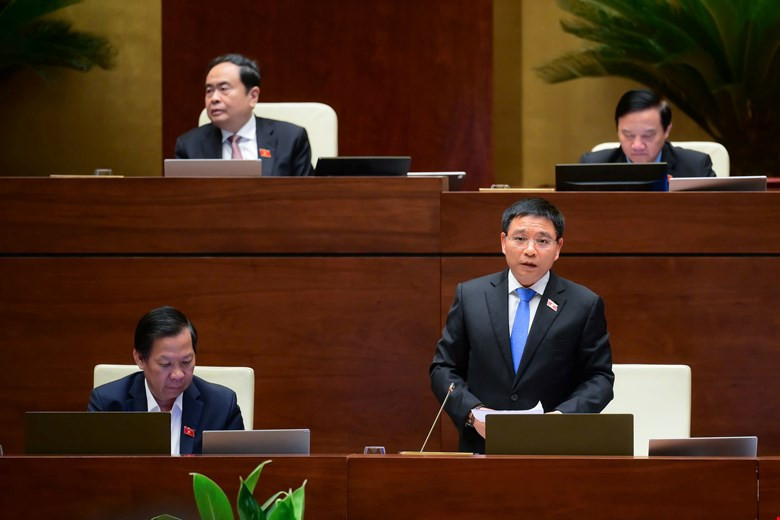The Ministry of Finance has submitted proposals to amend the Law on Management and Use of Public Assets and issued several related decrees and circulars governing asset management, including the use of government buildings and standards for public vehicles.
“We’re deploying teams to survey and guide local authorities. Priority is being given to allocating surplus assets, such as former office buildings, to local schools, training centers, and healthcare facilities,” the minister stated.
The government has also issued strong directives to ensure practical implementation, adopting a “hands-on” approach to prevent waste and ensure assets are used efficiently.
According to the latest directive from the Ministry of Finance, by June 30 at the latest, administrative bodies at the district level must complete the transfer of buildings and related public assets to authorized agencies. This aims to avoid management disruptions, asset loss, and negative impacts on governance and public services.
8% GDP growth target remains within reach
On the topic of economic growth, Minister Thang stated that the government has developed growth scenarios tailored to each locality.
The first five months of 2025 show positive economic trends, with growth accelerating month-to-month and quarter-to-quarter, in line with expectations. Key indicators such as exports and FDI have recorded double-digit growth.
However, to achieve the annual GDP growth target of 8% - a stepping stone toward double-digit growth in subsequent years - the economy must perform even more strongly in Q3 and Q4 to offset the slower early quarters.
Minister Thang noted that economic momentum remains strong and that historically, the second half of the year sees higher growth. This lends confidence to achieving the 8% target for 2025.
“Nevertheless, this is a substantial challenge given that global and regional economic growth forecasts remain subdued. Vietnam’s ambitious growth goal runs counter to global trends,” he cautioned.
In line with Party and government directives, the Finance Ministry has advised the government on Resolution 154, which provides targeted solutions for ministries, agencies, and localities to intensify efforts.
“We’re monitoring global and regional developments closely, continuously updating forecasts, and outlining specific scenarios to ensure we reach our ultimate target of 8% growth,” Minister Thang stated.
On budget management, he noted that revenue has consistently exceeded projections since the beginning of the term. Notably, in 2023 and 2024, budget revenues surpassed targets significantly, with a more sustainable structure emphasizing domestic revenue sources. Most provinces reported increasing budget revenues year over year.
On the expenditure side, the government has maintained budget discipline. In 2024, spending was cut by 5%, creating resources for initiatives such as eradicating substandard housing. The Finance Ministry projects a further 5% rise in revenue for 2025.
Regarding public investment and disbursement, the government and prime minister have taken aggressive measures, including forming 26 inspection teams to supervise implementation.
This has led to tangible improvements: fragmented and scattered investment has been curbed. The number of public investment projects has dropped from around 5,000 in 2020–2025 to an expected 3,000 in the upcoming term.
Public funds are now more concentrated on strategic national projects. Thanks to this focused investment, many key infrastructure initiatives have met or exceeded deadlines. Crucially, none have been delayed.
“This is a valuable lesson for the next term,” Minister Thang emphasized.
Tuan Nguyen
